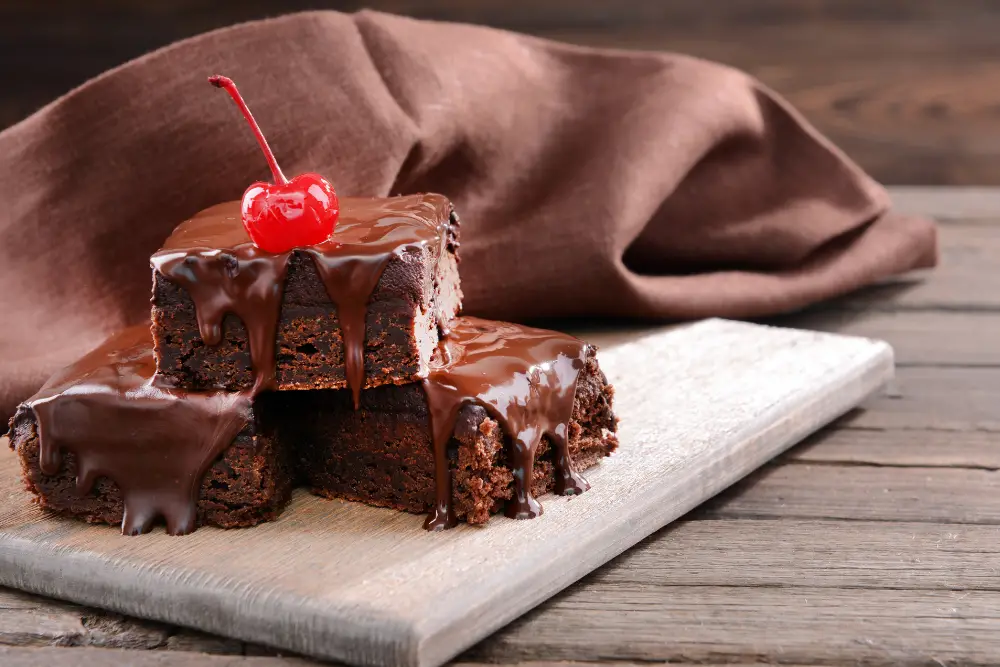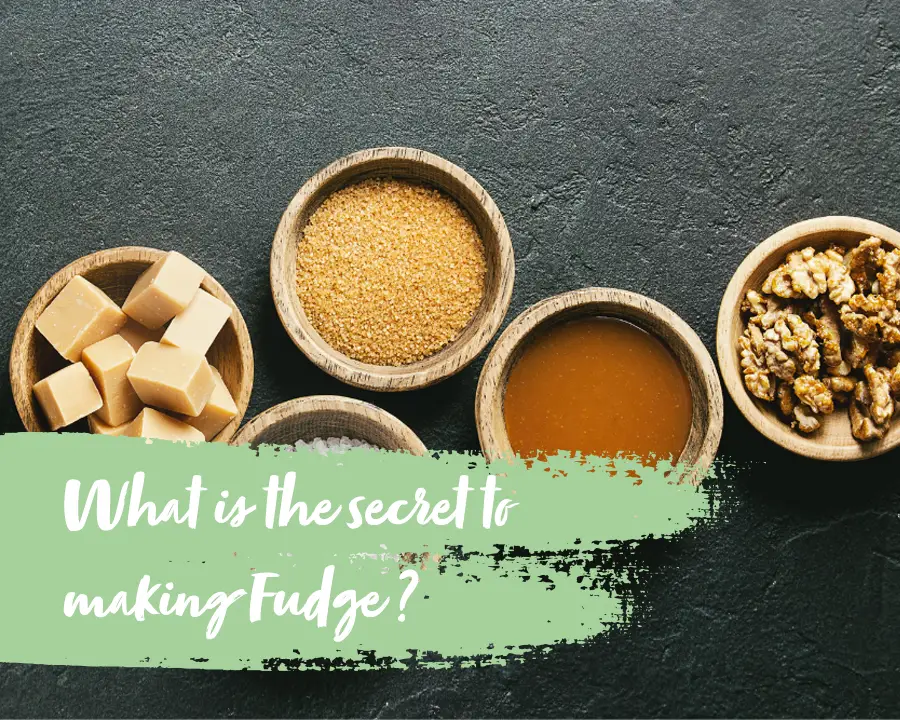Fudge is one of the most tricky sweets to make. It can be frustrating when you’ve been slaving away in the kitchen, only to make fudge that’s too hard, too soft, or grainy in texture.
There has to be some sort of secret to making fudge – right?
There isn’t one secret – there’s many! If you’re wondering what these tricks are, you’re in the right place.
We’ve listed several tips on making good fudge in this article. Keep reading to find out how to make great-tasting fudge right at home.
Ingredients
Authentic fudge is simply a mix of white sugar, brown sugar, and cream. You can also add more ingredients for different flavors, like vanilla, nuts, or maple extract.
This can give you delectable sweets that suit several taste buds. Depending on the recipe you’re working with, you can even add things like icing sugar, corn syrup, or even marshmallows.
The trick to making good fudge doesn’t concern the ingredients that you use, but how you make it.
Texture
A good piece of fudge should stay together without being too stodgy, and it should melt in the mouth once you bite it. The size of sugar crystals is an even more important factor.
As you eat a piece, smaller crystals won’t be noticed by the tongue, which makes the fudge taste smooth and creamy. To make good fudge, you have to cook the mixture and beat it after it’s cooked.
Cooking Stage
Cooking is important as the process dissolves sugar crystals and vaporizes some water within the cream. How long you cook the mixture also matters, as this affects how firm the fudge is.
The sugar starts to become concentrated once the water evaporates. The temperature then heats up to over 100°C. If the mix is left to cook for too long, more water will evaporate.
The fudge won’t have enough water within, which makes the mixture too hard. Similarly, if the fudge isn’t cooked for long enough, the water won’t evaporate enough.
The fudge will contain too much water, so it will be too soft. It’s best to keep the temperature between 234 and 237°F. This will keep the right amount of water and sugar within the fudge, so it remains the ideal consistency.
Important: Candy Thermometer
Fudge is notoriously difficult to produce. Don’t trust any recipes that say you can boil the fudge for a certain amount of time. There are so many unknown variables so setting an exact time is pointless.
The cooking time also varies depending on your pan. If you have a larger pan, the mixture will evaporate at a greater intensity. Your microwave’s power level matters, as more heat will cause more evaporation.
A candy thermometer is a necessary tool, as you can check if it’s the right temperature.
You can also do the cold water test to see if the mix has reached the ‘soft ball’ stage. Fill a glass with cold water, then place some of the boiling sugar mixture into it.
Feel the pieces with your fingers. If the pieces are soft and moldable, the mixture has reached the right temperature. If the pieces dissolve, you need to boil the fudge some more.
If the pieces are hard crystals, then you’ve heated it for too long.

Tips
Use A Bigger Saucepan
Your saucepan should have enough extra space so that the mixture can spread out. Try to select a pan that’s around twice the size of the number of ingredients.
Your fudge will take more time to heat up, but you’ll reduce the chances of your pan overflowing and making a mess.
Quit Stirring
You can make fudge in your microwave or on the stove. Microwaves have an advantage, as the mixture won’t stick to the base of your pan in the process.
No matter what method you use, bring the cream and sugar to a boil by gently stirring at first, then stop stirring again for the remaining cooking time. As sugar crystallizes, a chain reaction occurs.
If crystals are within the mixture, other sugar molecules are attracted to them, making the mixture grainy.
Prevent Crystallization
As you cook, sugar crystals can adhere to the pan’s edges. Stirring the mixture can make the crystals fall in and make the fudge grainy.
You can avoid this by dipping a brush in water, then brushing the pan’s edges when you first start cooking.
Cool the Mixture Before Beating
Once the mix is first cooked, you have to let the sugar crystallize to make fudge. This step is important as it dictates how big the sugar crystals will be. Ideally, the sugar will make tiny crystals that the tongue can’t feel.
To make this happen, leave the mixture to cool for 15 minutes before you beat it. As it cools, the mix will thicken. When you beat the mixture again, sugar particles will find it difficult to stick to each other, so they’ll remain small.
Start beating the mix at 110 to 113°F. This normally happens around 15 minutes after taking the pan off of the heat. The fudge shouldn’t be scorching, but nicely warm.
Beat The Mixture
You can beat the fudge after it’s cooled down. You must keep stirring the mixture with a wooden spoon until it thickens up. The top layer should have a matte appearance.
When this happens, stop beating and fill a mold with the fudge. Don’t try to scrape all of the fudge out of the pan. The remaining fudge on the sides and on the stirring spoon tends to be grainier than the rest.
In Summary
There isn’t just one secret to making fudge, there are many! Good fudge relies on several factors, though the ingredients you use aren’t one of them. The way you make the fudge matters.
Reading the tips above will help you create fudge that tastes amazing.
Remember that even seasoned bakers have trouble making fudge, so if you’re struggling, don’t worry Practice makes perfect, so keep trying, and have fun doing it!


